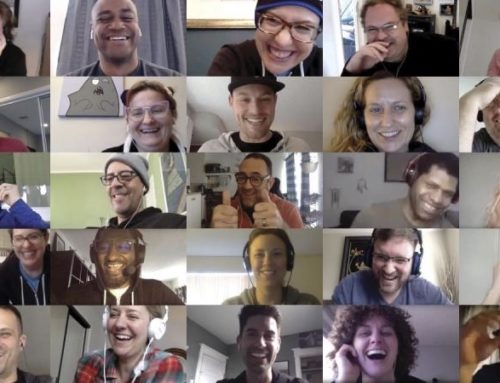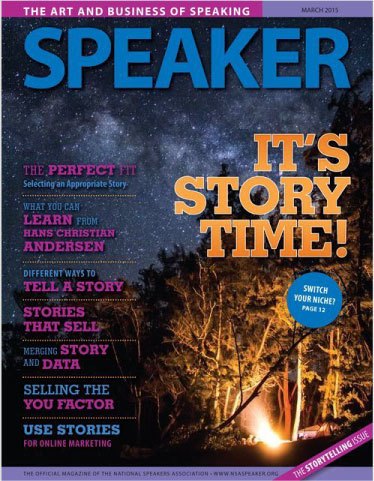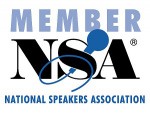One of the great joys of my job is the opportunity to reconnect with participants after a program and do follow-up coaching. I always begin these sessions by asking: “What can I help you with?” Last week a leader told me that she needed to get better at having hard conversations with her employees.
“I try to be direct and honest with them, but somehow the conversations always go sour.”
She went on to recount the most recent dialogue that had gone badly:
“I started by saying: One of my concerns about your work is…”
Then she paused and stopped herself:
“I need to start more positive don’t I? I do that at home with my husband and kids too. This is a big issue for me. I need to get myself into a more positive frame of mind. But how?”
She’d gotten to the real issue. She was coming to work with a negative mindset. That is the power of coaching. It provides time to reflect on current challenges. Often just by taking a few moments to contemplate a problem, an answer will reveal itself.
More reflection time is also the answer to her query about how to transition to a more positive frame of mind.
Getting Into A More Positive Frame Of Mind
Reflection time is essential for a leader’s success. Working with a coach is one way to carve out time for this type of introspection. Keeping a journal is another. In this case I recommended that she start keeping a specific type of journal—a gratitude journal.
Journaling
Many of my clients have reported that keeping a gratitude journal helped them feel more positive and generally happier. Others reported that journaling helped reduce overall stress and still others have told me the journal helped them calm down at the end of a stressful day and get a better night’s sleep.
Gratitude Journaling: Step by step
Here’s what I prescribe:
 Blank Pages: Get yourself a journal or diary that you find appealing to look at. Over time the book itself will become a symbol of gratitude. When you see it you’ll want to feel a sense of appreciation and joy.
Blank Pages: Get yourself a journal or diary that you find appealing to look at. Over time the book itself will become a symbol of gratitude. When you see it you’ll want to feel a sense of appreciation and joy.- The Ink: Find, or buy, a pen or pencil (or even a water color marker) that feels good in your hand. The act of writing should be pleasurable. I enjoy using a big fat BIC pen that clicks between four different colors. It’s fun to flip from green to blue to red to black on days I’m feeling fancy.
- Write By Hand: I recommend handwriting instead of typing into a computer. Your brain will recognize your own penmanship and allow for more meaningful ‘conversations’ between you and…you.
- Consistency: Select a time of day that you can honor consistently. Some of my clients do their journaling right before bed. Others, when they wake up. Still others do it during their lunch break or right after work. The important thing is to select a time you can commit to on a regular basis. The goal is to put your mind and body into a daily rhythm of positivity.
- Just 10 minutes!: Set a timer for 10 minutes. Alternately, commit to creating a list of at least 10 things.
- Use a Prompt: Start with a ‘prompt’. The one I often assign to my clients is: “Today I am grateful for…” Don’t judge what you write. The journal doesn’t have to be ‘deep’. What you are thankful for can be as simple as sunshine or as mundane as coffee. For example today I wrote: “I am grateful for my library membership. I’m loving this Delia Ephron book.” Other things I’ve been grateful for are: chocolate ice cream in my freezer and a brother thoughtful enough to surprise me with random gifts in the mail.
- Dip In Again and Again: Review your journal at the end of the week and notice how it makes you feel. Many of my clients make a point to read a few pages of their journal right before a difficult meeting or scary presentation. It can really put things into perspective.
- Build a positive mindset: Committing to a daily practice of journaling and gratefulness is a powerful way to keep positively engaged in your life and work.
Gratitude is a Leadership Competency
We know that engaged employees work harder and stick around longer. Gratitude in action is a great way for a leader to create an environment where that happens. And an easy recipe for maintaining that positive leadership mindset is a piece of paper, a pen, a prompt and just 10 minutes a day.
















